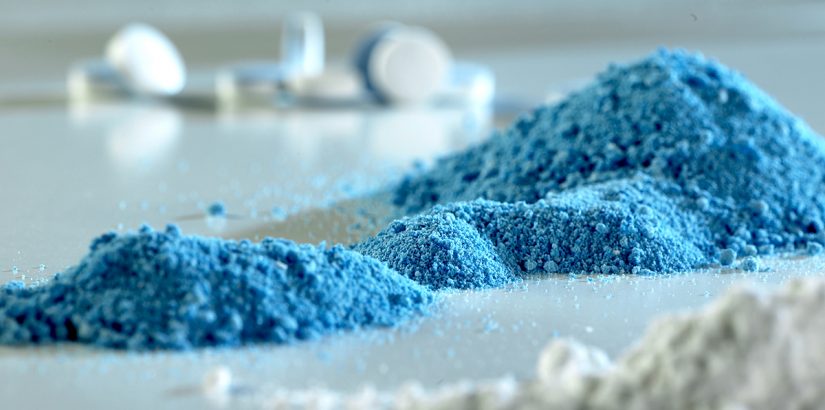Powders
Understanding pharmaceutical particle and powder characterization is key to efficient pharmaceutical manufacturing processes and products where they involve suspensions and bulk powders. Particle size and powder properties will influence bulk physical properties, such as the flowability of a powder, which in turn, will impact processing, blending, tableting, dissolution, delivery and bioavailability.
During the manufacturing process, the classic challenge associated with powders, is their failure to discharge reliably from bins, hoppers or silos and poor or unpredictable flow in feeders and dosing machines. This causes unwanted interruptions in the production process, leading, potentially to unwanted shutdowns in order to correct flow restrictions and stoppages. During product development, R&D scientists aim to control and optimise dissolution or distribution of materials through refinement and adjustment of formulations and processes to produce these. The appropriate particle surface charge is important for preventing aggregation or agglomeration of particles in suspensions and emulsions and therefore impacts stability and distribution of materials in the drug product. The surface area of a solid dosage drug plays a role in its dissolution profile. When the pharmaceutical product is delivered via a device such as inhalation technology, device development challenges may be experienced related to the powder/particle or suspension properties

